Today, Oundle is an attractive and vibrant historic town which lies within an attractive countryside setting. As a school, our heartfelt responsibility for the care and protection of the Earth’s natural resources, including air, minerals, plants, soil, water, and wildlife, so that they can persist for future generations, has always been understood, yet so often left unexpressed.
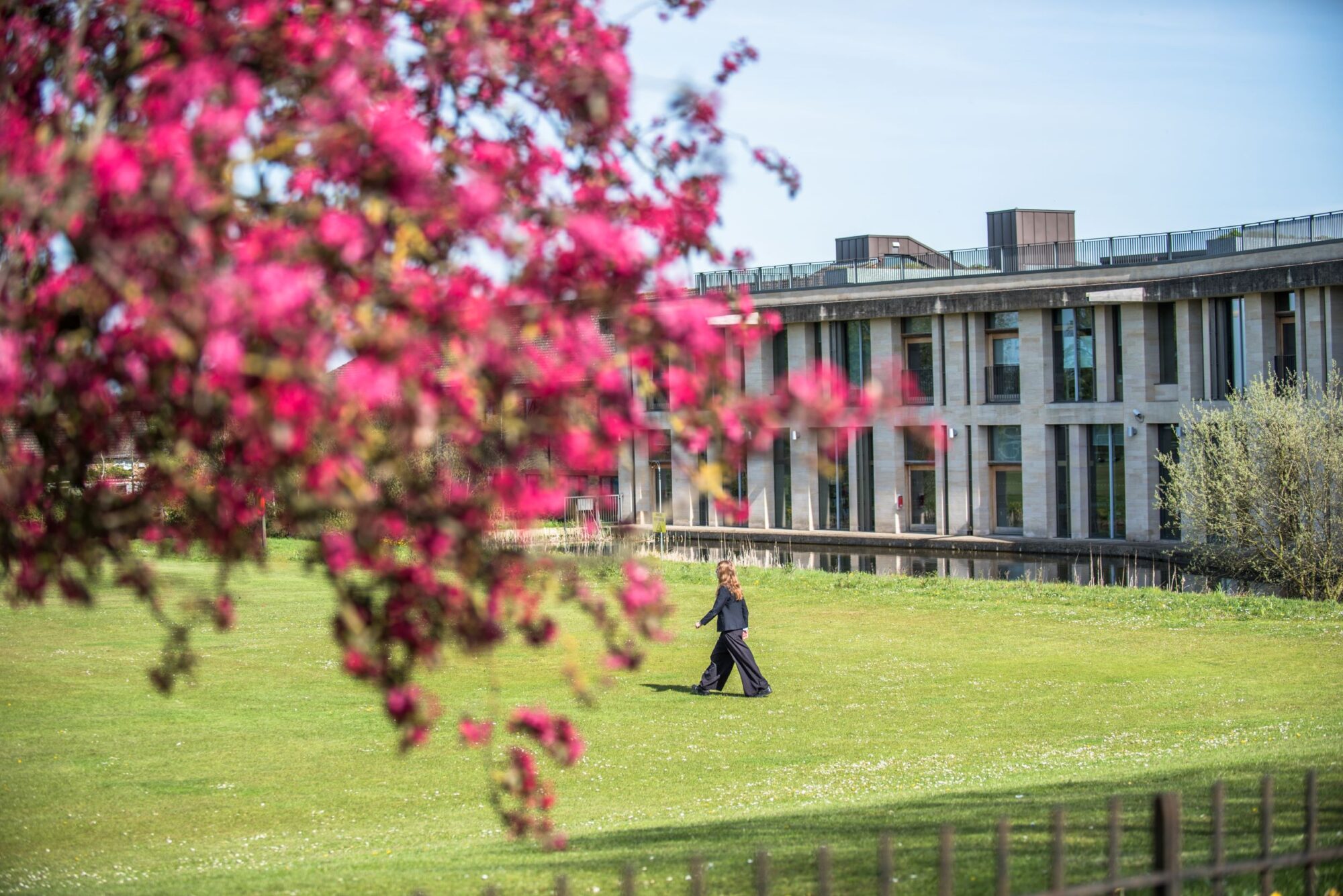
“A recent WWF report showed the UK is one of the most nature-depleted countries in the world.”World Wide Fund for Nature
A recent WWF report showed the UK is one of the most nature-depleted countries in the world. Among declines too numerous to list, a quarter of Britain’s mammals are now at risk of extinction, including the hedgehog, the water vole and the wildcat. Farmland birds have declined by 50% since the 70s. Shockingly, the UK is in the global bottom 10% in terms of remaining biodiversity.
An action-oriented, deliberate approach to conservation is appropriate, so how is Oundle School responding?
The school ultimately determines its Estate Management strategy as a balance of highly maintained sports surfaces, ornamental gardens and recreational space. Its strategy is more diverse than it ever has been with high maintenance areas for standards of natural turf sports facilities, presentation of gardens to school, local community and visitors and the restoration of woodland and wildflower banks.
What is clear is the School’s approach to conservation is there for its own values and importance and not as a result of policy or committee decision – the aim is for it to come as a natural consequence of a wider approach to land management anywhere and not just at Oundle. With 22 full-time staff focused on Estate Management, there’s no shortage of opportunity to put conservation top of the agenda.
Back in 2012, Heron Rogers Wood had become lifeless. Originally planted as a memorial containing Beech, Oak and Ash trees, it was never purposefully managed and the softwood nurse crop of Western Red Cedar and Douglas Fir swamped the hardwood trees and eventually blocked all light to the woodland floor. After a few years of appeal to renovate the wood were turned down, the opportunity for complete restoration presented itself when another area of the wood was taken to build Astro 2. With the Forestry Commission overseeing the work, old and decaying softwood trees were felled and extracted for processing into decking and fence materials – achieving clearance at negative environmental cost.
Species submitted to The Forestry Commission for replanting approval included 2000 broad leave trees of varying species. Instead of using soft wood species as a nurse crop, 50% of new planting tree content is Silver Birch for fast establishment of woodland and immediate visual impact. The long term project has been given an ‘Excellent’ rating by the Forestry Commission, rides and glades are now well established and self-seeded wild flower species are beginning to grow, like Bluebells.
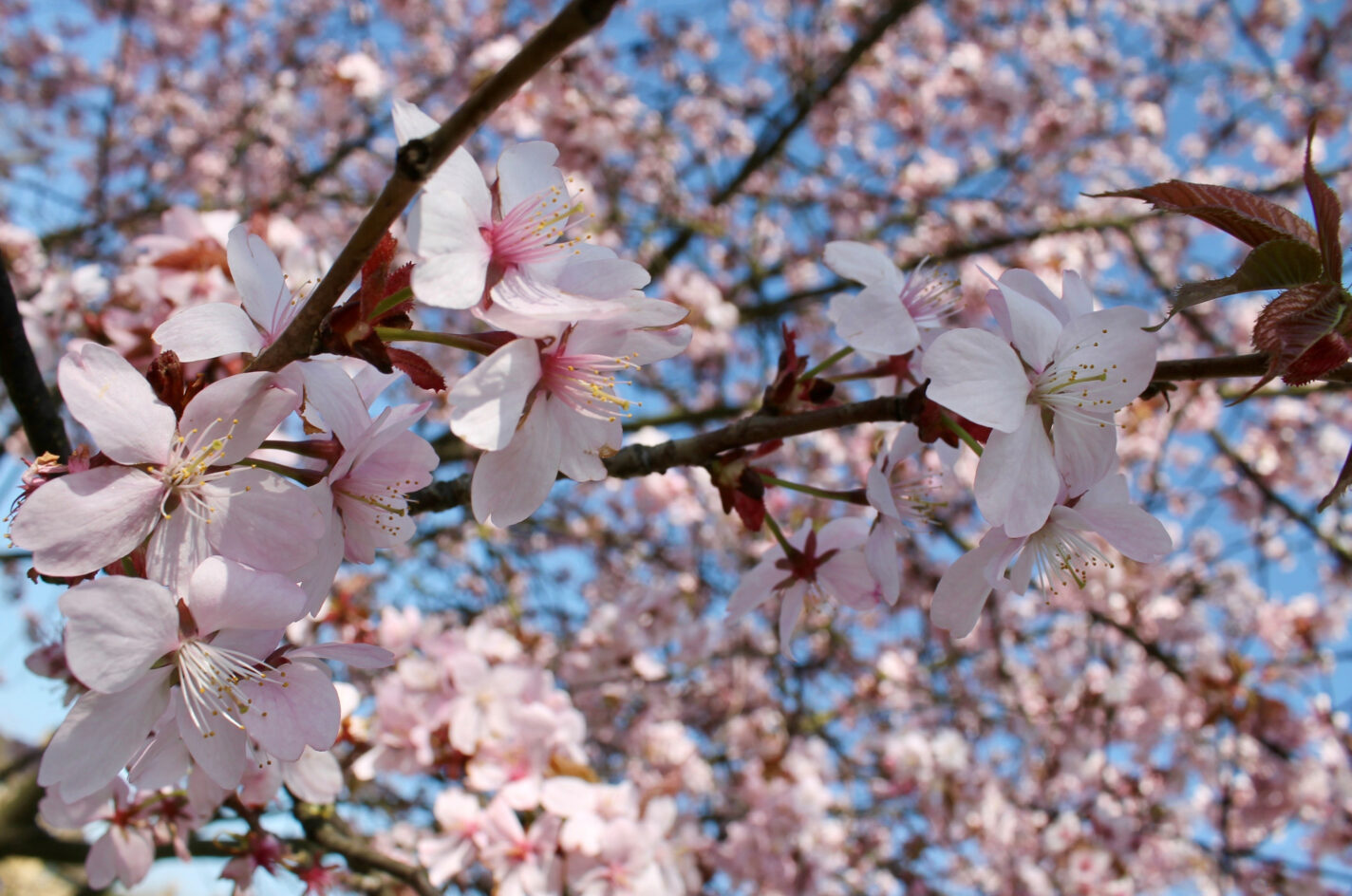
The Heron Rogers Wood scheme continues to complement other conservation areas across the school estate, including the Laxton Junior School pond and woodland conservation area, and the SciTec pond and grassy bank. The SciTec area was introduced to bridge the teaching/pupil educational experience allowing theory learned in the classroom to be explored in real-life, but as a carefully pre-planned consequence the space provides the fertile ground for new species, such as bumblebees, various song birds and fungi.
Look even closer around the grounds and you’ll also spot Owls, Buzzards, Kite, Sparrow Hawk, Kestrel, Deer, Muntjac, Badger, Fox, Butterflies, Moths and many more species of wonder.
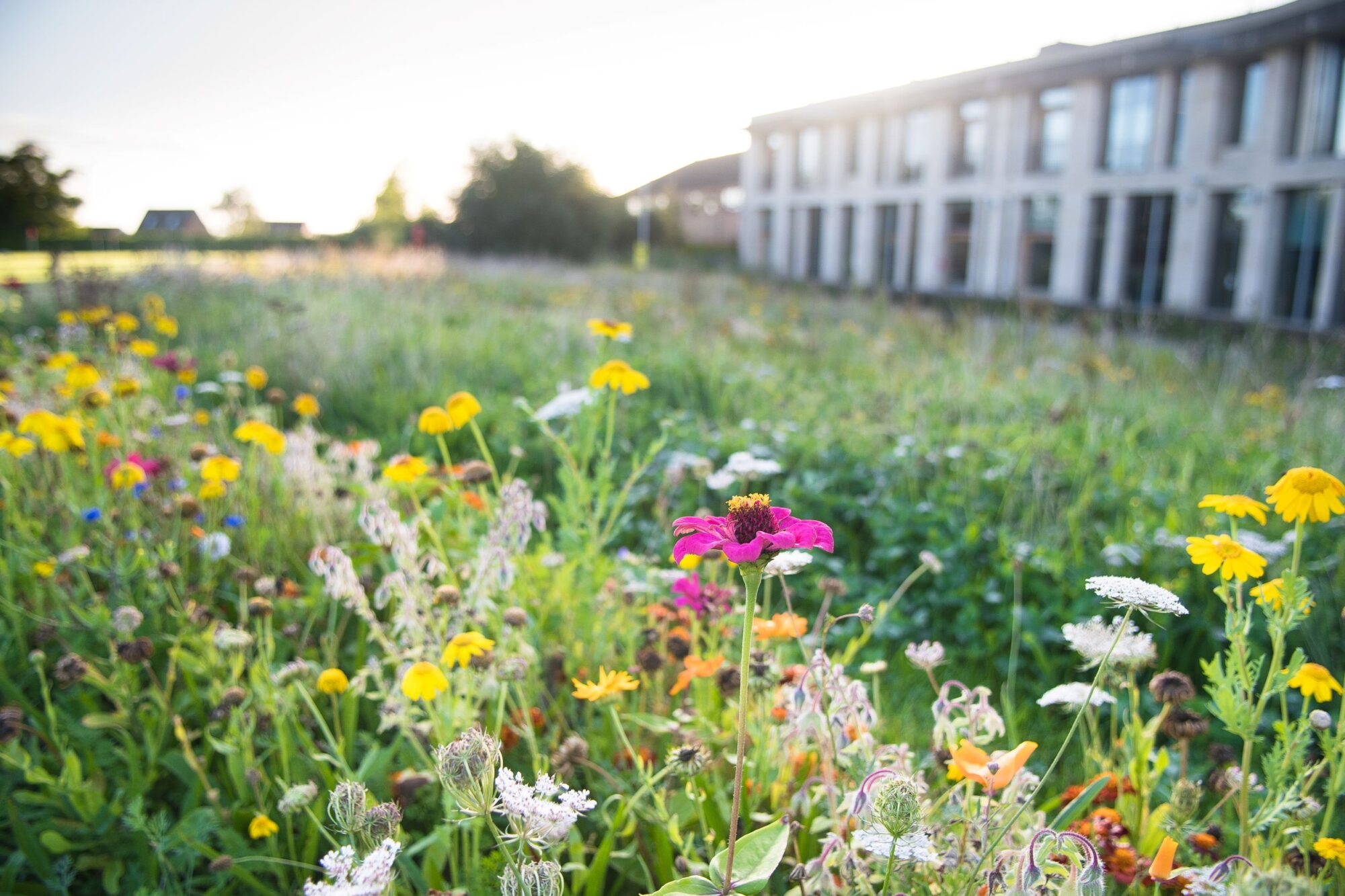
Wildflower bank restoration is a particular favourite of the Estate Management team in their conservation work, with areas purposely planted at Scott House and The Berrystead among many other areas throughout the Estate. The diversity found in nectar-rich wildflower banks helps support dwindling populations of native pollinators including butterflies and moths, whilst also attracting insects and other invertebrates birds and mammals. Such wonder repeatedly springs from such a deliberate approach towards conservation and generation of habitat.
Various wildflower banks planted by the school are beloved by local bees, apt for the school’s ninety-plus year Beekeeping society to manage
Given the cultural push towards green living, it is not surprising that pupils show an interest in the conservation work of the school. Where possible, pupils are involved to sow seed and a number of significant projects involving pupils, such as the recent planting of 250 WW1 centenary oak saplings within school grounds and local community, continue to manifest themselves into reality thanks to the care from pupils to involve themselves.
The well-established pupil-led Oundle Green Team wholeheartedly supports the schools conservation agenda. In response to this blog post, they added:
“We have made considerable progress as a School and pupil body, to change our approach to environmental matters, from climate change to waste management. We have been working with the School’s main contractors as well as Estates, to ensure Oundle School is proactively achieving a reduction in its environmental footprint.
Although Covid has restricted our activities we have produced several electronic magazines highlighting how pupils can reduce their own footprint whilst our instagram feed sends out reminders and updates on environmental issues. We have been heartened to learn of the sustainability credentials of the School’s new caters as well as how buildings are being managed to reduce our energy footprint. Our next initiative is to respond to the new waste management contract to ensure Houses and pupils are not only aware of the approach but are also proactively supporting it. In boarding Houses we have managed to reduce laundry loads as well as set up recycling boxes for a range of items including toothpaste tubes and face masks”
Follow Oundle Green Team on Instagram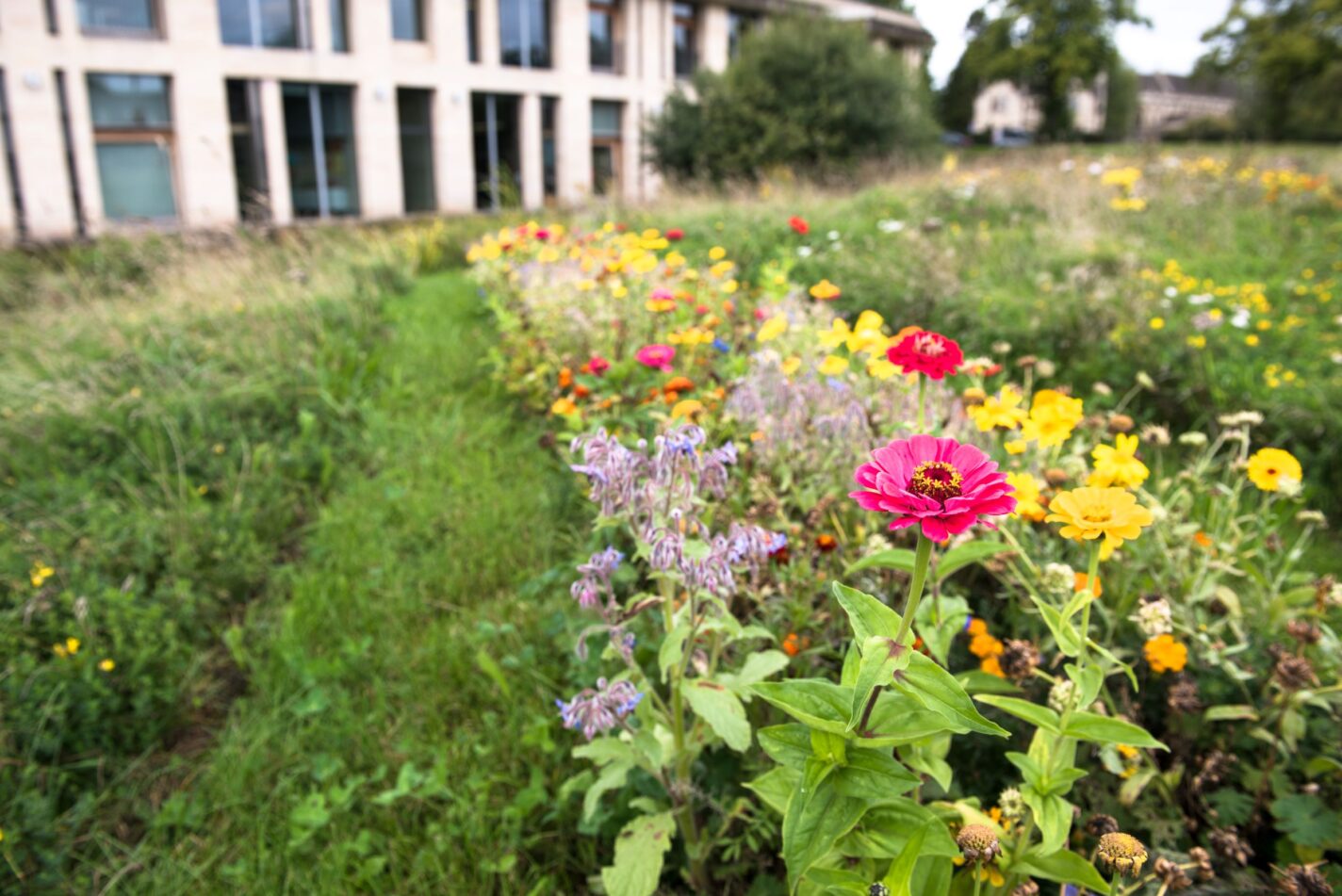
Naturally perhaps, the school has implemented a tree management policy across the Estate where two trees are replaced for every one lost. Often, the Estate team will go above and beyond such a commitment, where Pavilion Drive recently saw a pine tree removed in this location, and six trees have taken its place.
Where it is necessary to remove trees, and it is necessary sometimes to nurture surrounding life, stack felled timber is utilised to create habitat and insect banks which often, on observation, creates a new circle of life. Ash timber in particular is favoured by lesser stag beetles, which in turn is favoured by the Woodpecker, and life, as it always does, consequently takes its course.
Nick Tebbs, Head of Grounds and Gardens, has been at Oundle for 31 years, 18 years as Grounds Manager, and he added:
“The School is first and foremost an educational establishment which also provides a temporary home for our boarders. We also provide ornamental gardens and sports facilities and these also provide a projection to the local community of what we are, and we are fortunate that we also have recreational space between these facilities which allow for some diversification. Equally though, one of the tenets of education is the learning of respect; predictably this is usually seen as respect for others. However, respect for the natural world is also part of that education skills (it is hoped eco- conservation could well become part of the curriculum in the future).
We are trying to develop areas around the School where ‘wilding’ is taking place, introducing wild flower borders, restoring Heron Rogers Wood, replacing trees that have reached their end of life, as well ask:
Planting new species in the ‘right’ places and soil conditions.
Planting species that were once common but that are now becoming rarely seen e.g. Hornbeam, Service and Beech along with Oaks.
Allowing areas to naturalise themselves so micro flora and fauna can establish a balance.
Bees and other insects can flourish in the right conditions so connected plant corridors are being planted.
It’s a very positive time for the school, with much invested in developing our educational and sports facilities, sadly in many respects our progress has been at cost to our natural space and the provenance of the land we own.
Ideally the long term ambition is to re-educate the school community and public away from the view of ‘ordered’ gardening e.g. carefully planted flower beds, perfect clipped hedges and mowed lawns, and to achieve a balanced approach to management and maintenance where conservation and biodiversity are not seen as an additional or supplementary programme but rather the principle around which all other provision is met. This aim is very long term, something with a deeper meaning and more permanent than current ‘in-trend’ fashions – it requires a huge shift in public expectation of what a beautiful park estate looks like.
It would require people to not only look at their own gardens, but also open ground, and recreational spaces within their locality and consider what they can do and what they could achieve with a balanced approach of management.”
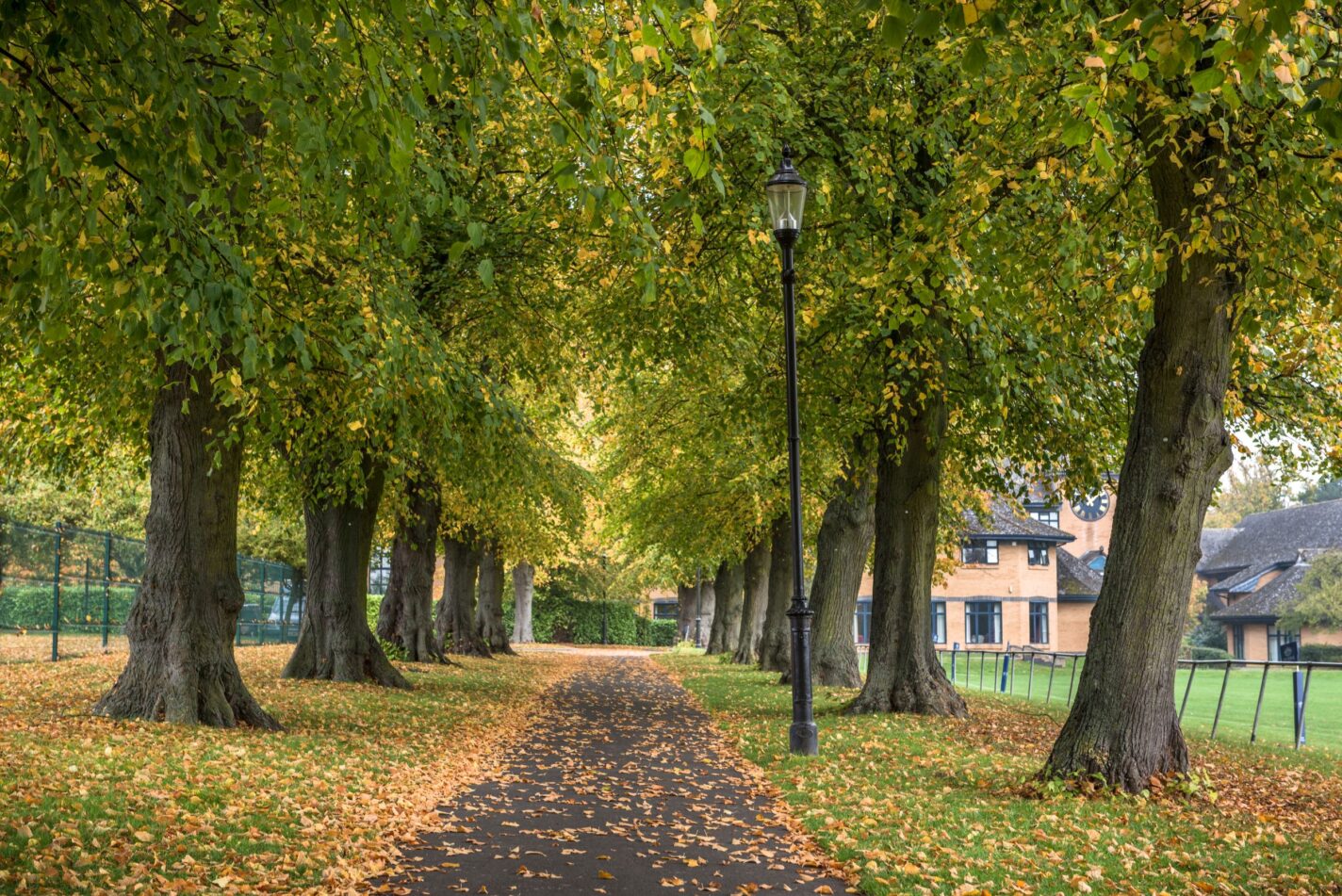
Conservation work around the school Estate resides within the collective heart of the Estate Management Team and pupils alike, with no better example of the connection than recent outreach from a pupil making several suggestions around the grounds. He was met with an invitation to tour the Estate and hear its plan for the future, alongside an invitation to create a new area of wildflowers alongside the Grounds and Gardens team.
It’s clear that where there is a consciousness that resides in the heart, there will always be selfless service towards the natural world.
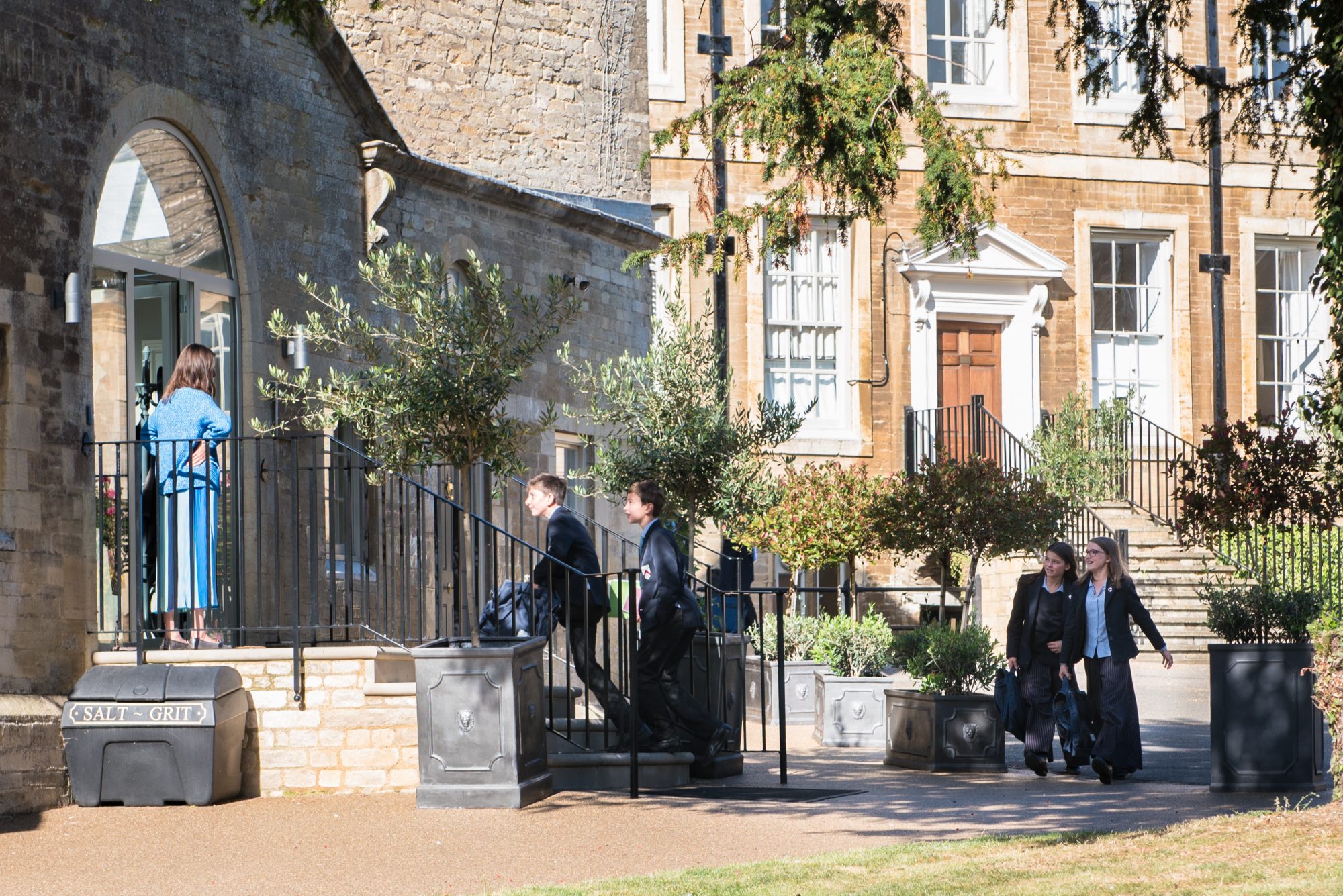
Further notable school conservation initiatives include: